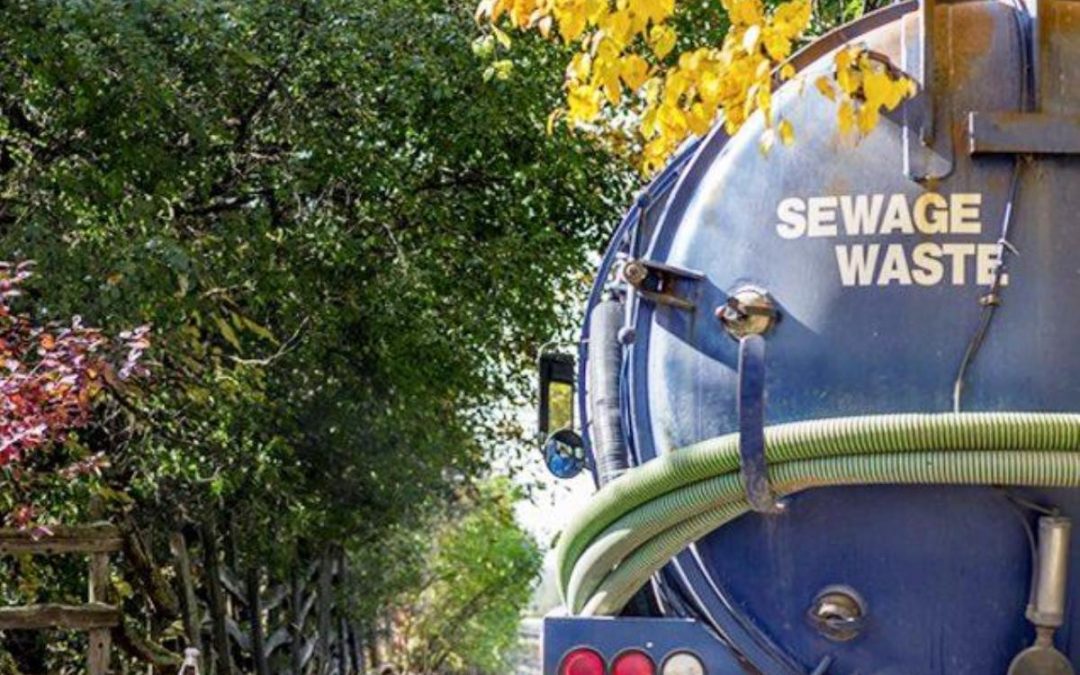The smart Trick of Reclaim Waste That Nobody is Discussing
The smart Trick of Reclaim Waste That Nobody is Discussing
Blog Article
The smart Trick of Reclaim Waste That Nobody is Talking About
Table of ContentsThe Only Guide for Reclaim WasteThe 30-Second Trick For Reclaim Waste10 Easy Facts About Reclaim Waste DescribedWhat Does Reclaim Waste Do?All about Reclaim Waste
Discover the types, occurrences, and kinds of fluid waste. Domestic sewer waste refers to the waste and items from a residential septic system. This kind of waste is created by human beings in houses, colleges, and various other buildings. This only includes septic containers that have a drain area. The proper monitoring and disposal of domestic sewage waste call for liquid waste to be moved to a sewer treatment plant where the correct techniques and tools are related to purify and dispose of waste.
Commercial waste commonly consists of potential risks, such as combustible products or a mixture of liquid and strong waste items, and calls for an advanced and detailed disposal process. The disposal of business waste typically includes the filtering of waste prior to transport to ensure safe and appropriate disposal. Hazardous waste is developed from results and runoff of industrial processes and production.
This type of waste can not make use of the very same sewer management transportation or procedures as septic or commercial liquids. The industrial waste administration process needs the assessment and screening of fluid waste prior to it goes through the disposal procedure (liquid waste disposal melbourne). Runoff waste is the liquid waste that originates from runoff and excess stormwater in highly populated areas or cities
Overflow waste can trigger contamination and flooding otherwise managed properly. Find out more concerning sewer cleaning and waste management. Guaranteeing appropriate waste management can protect against calamities and minimize environmental harm. Both people in household setups and experts in commercial or production sectors can gain from comprehending the processes and regulations of liquid waste monitoring.
The Best Strategy To Use For Reclaim Waste
Call PROS Services today to find out regarding our waste management and disposal services and the correct ways to look after the liquid waste you create.
(https://www.blogtalkradio.com/reclaimwaste1)Do you understand what happens to your water when you disengage, flush the commode or drain pipes the washing device? No? Well, it deserves understanding. This supposed 'wastewater' is not only a vital source but, after therapy, will be launched to our land, waterways or the sea. Used water from commodes, showers, baths, cooking area sinks, laundries and commercial processes is known as wastewater.

water used to cool down equipment or clean plant and tools). Stormwater, a form of wastewater, is overflow that moves from agricultural and metropolitan locations such as roofings, parks, yards, roads, paths and seamless gutters into stormwater drains, after rainfall. Stormwater moves without treatment straight to local creeks or rivers, ultimately getting to the ocean.
The Of Reclaim Waste
In Queensland, a lot of wastewater is treated at sewage treatment plants. Wastewater is delivered from residential or commercial websites via a system of sewage systems and pump terminals, recognized as sewage reticulation, to a sewer therapy plant.
The Division of Natural Resources suggests city governments about managing, operating and keeping sewage systems and treatment plants. In unsewered areas, neighborhood governments might need householders to set up private or house sewer treatment systems to treat residential wastewater from commodes, kitchen areas, washrooms and laundries. The Division of Natural Resources authorises making use of home systems when they are verified to be efficient.
A lot of stormwater receives no treatment. In some brand-new subdivisions, treatment of some stormwater to eliminate trash, sand and gravel has started making use of gross contaminant traps. Wastewater therapy occurs in 4 phases: Eliminates strong issue. Larger solids, such as plastics and other items mistakenly discharged to sewage systems, are gotten rid of when wastewater is passed through displays.
Makes use of little living organisms understands as micro-organisms to damage down and get rid of remaining dissolved wastes and fine fragments. Micro-organisms and have a peek at this site wastes are included in the sludge.
Indicators on Reclaim Waste You Should Know
Nutrient elimination is not offered at all sewer treatment plants due to the fact that it needs costly specialist devices. It is ending up being much more common in Queensland. Clear liquid effluent produced after treatment may still include disease-causing micro-organisms. If this effluent is released right into rivers such as rivers or the sea, the micro-organisms will at some point pass away out.

A lot of wastewater flows right into the sewerage system. Under the Act, regional federal governments provide approvals and permits for environmentally appropriate activities (Ages) involving wastewater releases that may have a regional influence.
A Biased View of Reclaim Waste
Otherwise, samples are taken for lab evaluation. Typically several examinations are needed to establish the levels of each of the different toxins such as oils, hefty steels and chemicals in water. Surveillance provides factual information about water high quality and can validate that permit problems are being fulfilled. The details gotten through surveillance gives the basis for making water quality decisions.
Report this page